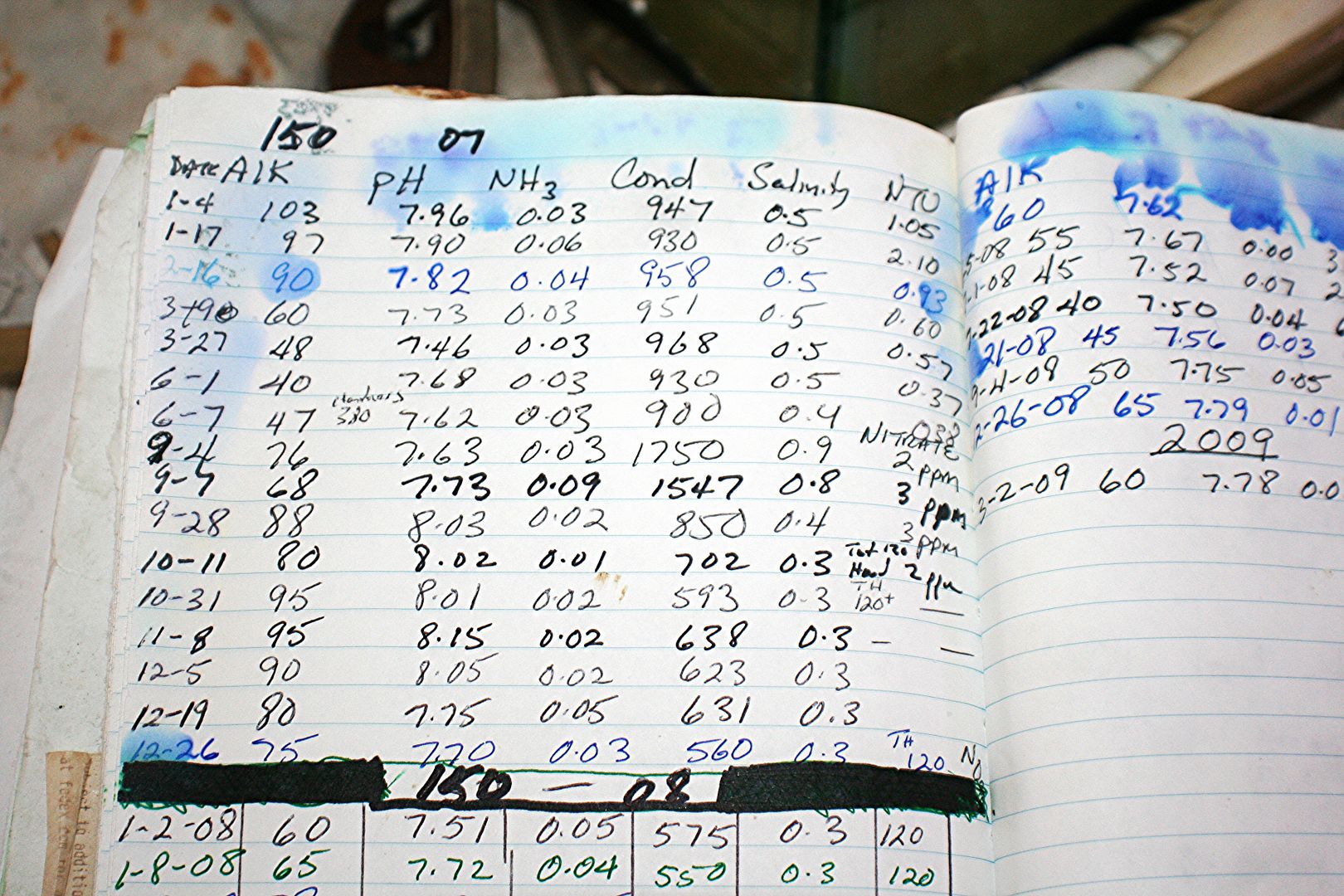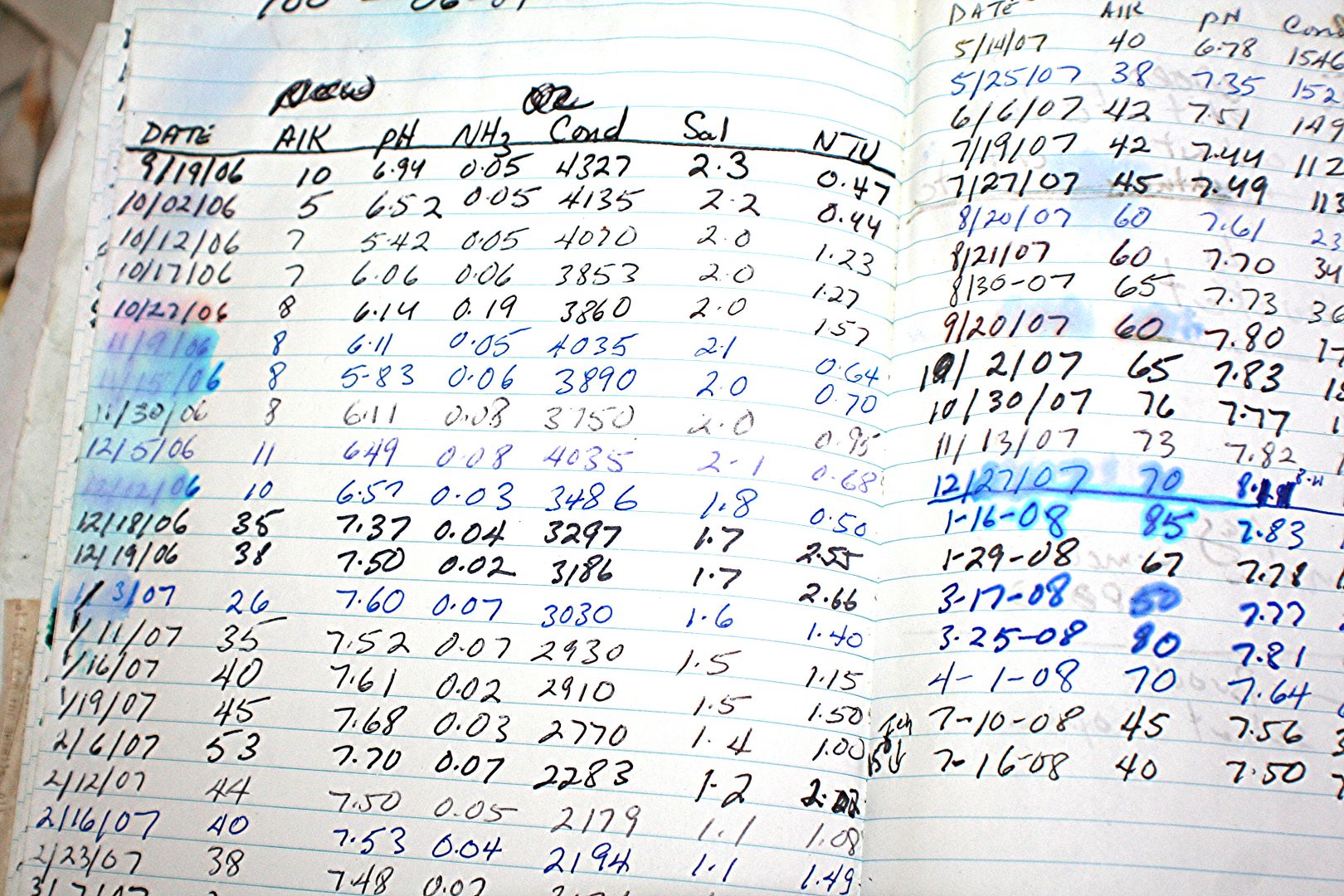Its worth noting that my set up is not a typical fish only set up, hence my TDS rise is negligent. But this is not the case in a fish only tank....You'll be battling tens of ppms rise of TDS each week, anything from 5ppm to above 60ppm depending on stocking levels. In fact, most people that buy a TDS/conductivity meter for the first time will find out that the difference between their tap TDS vs tank TDS has gone out of control over the life of the tank....If you've got no plants, only solution is very large water changes quite often, again depending on stock.
Let's just say the rise in TDS is just fish waste slime/poo etc, and not food spit out, in a fish only tank, any opinion on what the max TDS difference should be for a healthy aquarium?




